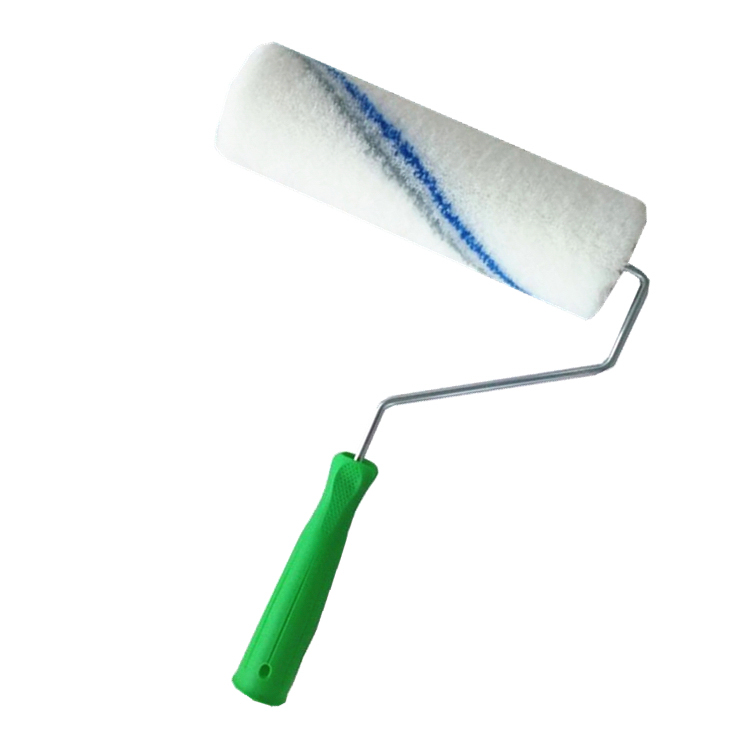When house painting with oils or acrylics, you should use a quality paintbrush with natural bristles. While synthetic brushes are more expensive, natural bristles are less likely to damage latex paint. When choosing a brush, you should also be aware of how much paint the bristles will absorb. While some brushes have a high price tag, the quality of the hair is worth it. These tips will help you select the right brush for your painting needs.
Before beginning the process of house painting, you should first make a list of the brushes that you need. Do not buy the most expensive brushes as they are not necessary for beginners. Start with a 3/4 inch house painting brush with firm bristles. You may use a 2 inch house painting brush, but it does not have to be exactly two inches in length. For the foreground, choose a brush with a larger diameter, such as a hog bristle brush. This brush is ideal for dabbing on foliage, as it does not require a pointy brush.
Choose the size of
house painting brushes based on the size of the room you are painting. Professional painters usually use 2.5-inch brushes. This size is convenient and allows them to fit in quart-size paint cans. Angled brushes are especially useful for cutting lines in corners. Try several different types of paint brushes before deciding on the right one for your home. And always remember to clean your brushes after using them. If you don't, your paint job will end up looking awful.
Brushes vary in size and shape. Round brushes are more expensive and less versatile than other shapes, but are excellent for small detail work and line work. For varnish or retouching, choose a soft sable-like brush. Brushes made of synthetic hair can be removed with soap and water. So, be sure to choose a brush that suits your needs. And remember, it's important to choose a brush with the right size if you want the results you want.
When house painting with acrylic paints, you will need brushes for each stage of the process. A paintbrush can help you get an even finish on the ceiling and walls. For the exterior of your home, the house's surface must be cleaned properly so it won't absorb more paint than necessary. Unlike with water-based paints, the exterior paintbrush will provide you with a smoother finish and a smoother surface. The brush is also useful for cracks and knots, which are difficult to reach with an airbrush.
When choosing a paintbrush, you should check for densely packed bristles. Those that have dense bristles will spring back if you bend the bristles. Those with solid bristles are made of copper or plated steel. It's important to choose a good quality brush, as cheap ones tend to have stiff bristles. Also, buy several of the same type of paintbrush and try to use new ones before the old ones.
Whether you are working with large or small areas, you should be able to find the right type of house painting brushes for your needs. Most people use a roller when painting large flat areas. Another type of paintbrush is the sash brush. This brush is angled and provides good straight lines on windows and other trims. A sash brush can be used to paint ceilings and walls. These are ideal for painting corners and other hard-to-reach areas.
A good paintbrush is essential when painting brickwork. A natural bristle brush is perfect for paints with oil-based solvents and stains, while a synthetic brush is best for acrylic latex. If you choose a synthetic fiber brush, try to stay away from bargain brushes, as they tend to shed their bristles and lose their shape easily. A masonry brush will work well on rough surfaces like a painted brickwork or rendered exterior.
Whether you are using natural or synthetic paints, a good paint brush will make your painting experience a lot easier. For instance, if you use latex paints, you will want to choose a synthetic fiber brush. These brushes are made of nylon or polyester fiber and are easier to use than their non-synthetic counterparts. Generally, synthetic fiber brushes have white tips, making them easy to distinguish. If you plan to use latex paint, a synthetic brush is probably best.
The benefits of a paintbrush are numerous. You can easily use it for small painting jobs, such as cutting in corners or touching up coats. It is a good choice for covering thin and angled surfaces, but is not the most versatile tool for larger areas. If you plan to paint your home often, a 3M hand-massker film kit is an excellent investment. It will protect your trim and save you a lot of time.

